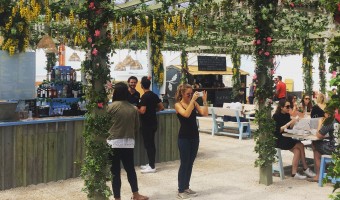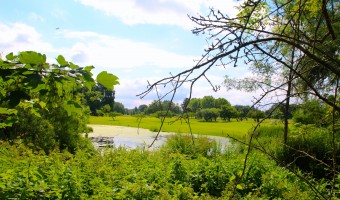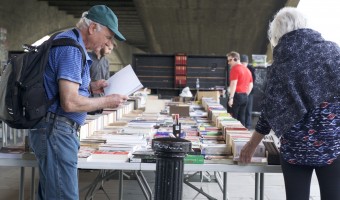Parliament, Cathedrals and Big Wheels
The City of Westminster is where the government of the UK has been based since about 1200 and contains a very high concentration of historic landmarks and tourist attractions. Our tour of Westminster starts at the London Eye. Cross over at either at Westminster Bridge or the Golden Jubilee Bridge at Embankment; get a spectacular view of the City and the Shard from the Thames. Upon the London Eye (book in advance to get a great view of London), you get a great view of London and can enjoy a champagne tour, which at sunset is extremely romantic.
Head back towards Westminster Bridge, and you pass the London Aquarium. Here you can witness a stunning selection of over 500 species in more than 2 million litres of water. London Aquarium is home to one of Europe’s largest collections of marine life. You can see rare green turtles and sea rays from the ‘Ocean Tunnel’ where they swim directly above you. There is also a splendid collection of sharks including Sand Tiger sharks and Black Tips.
Just before you cross at Westminster Bridge, you get a stunning view of the Houses of Parliament and the most famous London icon, Big Ben with its gothic architecture (once you cross you can get a great photo shot!).


More than a little history
Here stands the epicentre of the Palace of Westminster and has been a centre of power for over 900 years and can trace its origins back to the Anglo Saxons under the Witans and the Moot from the 8th to the 11th century. The Magna Carter issued in 1215 was the first document to detail the power of ‘government’ and placed limits of royal authority. From the 14th century, the Houses of Parliament starting acting in an independent manner resulting in the ‘Good, Wonderful and Merciless Parliaments’. Parliament is open to all UK and overseas visitors to attend debates and committee hearings or to just take a tour of the home of democracy.
Within a 5 minute walk, you find Westminster Abbey, founded in 960 and where all British monarchs have been crowned since 1066 (16 Royal Weddings have taken place there). It also marks the final resting place for a significant number of monarchs and notable citizens. The Campanile Tower within Westminster Cathedral provides a stunning view of London. Down Whitehall towards Trafalgar Square, you'll find the Banqueting House, one of the few remaining building of the huge Whitehall Palace complex, which once dominated the area. It was on a scaffold outside this building that Charles I was executed in 1649 following the bloody Civil War. Mansion House is the official residence of the Lord Mayor of London. Banqueting House included Banqueting Hall, which was built for the performances of ‘Masques’ (a sophisticated blend of poetry, music and dance) and grand ambassadorial receptions. Within Banqueting House is the ceiling of the only surviving in-situ painting by Rubens and was one of Charles 1’st last sights before he was beheaded.
What else?
Along Whitehall, you'll also find the Prime Minister's home at 10 Downing Street, the home of British prime ministers since 1735, being potentially one of the most important political buildings in the world including Winston Churchill who was Britain’s prime minister during World War Two; the first domestic houses were built there in the late 1500’s. You used to be able to pose with the policeman outside, but for obvious security reasons, the end of the road is sealed off; however, you can get a glimpse of the distinctive black painted facade.
Churchill's war rooms, the secret basement bunker where the country's most famous Prime Minister planned how to defend Britain during World War II is based just off the square near Horse Guards Parade, where the annual ‘Trooping of The Colour’ takes place.
 The Westminster Triangle
The Westminster Triangle


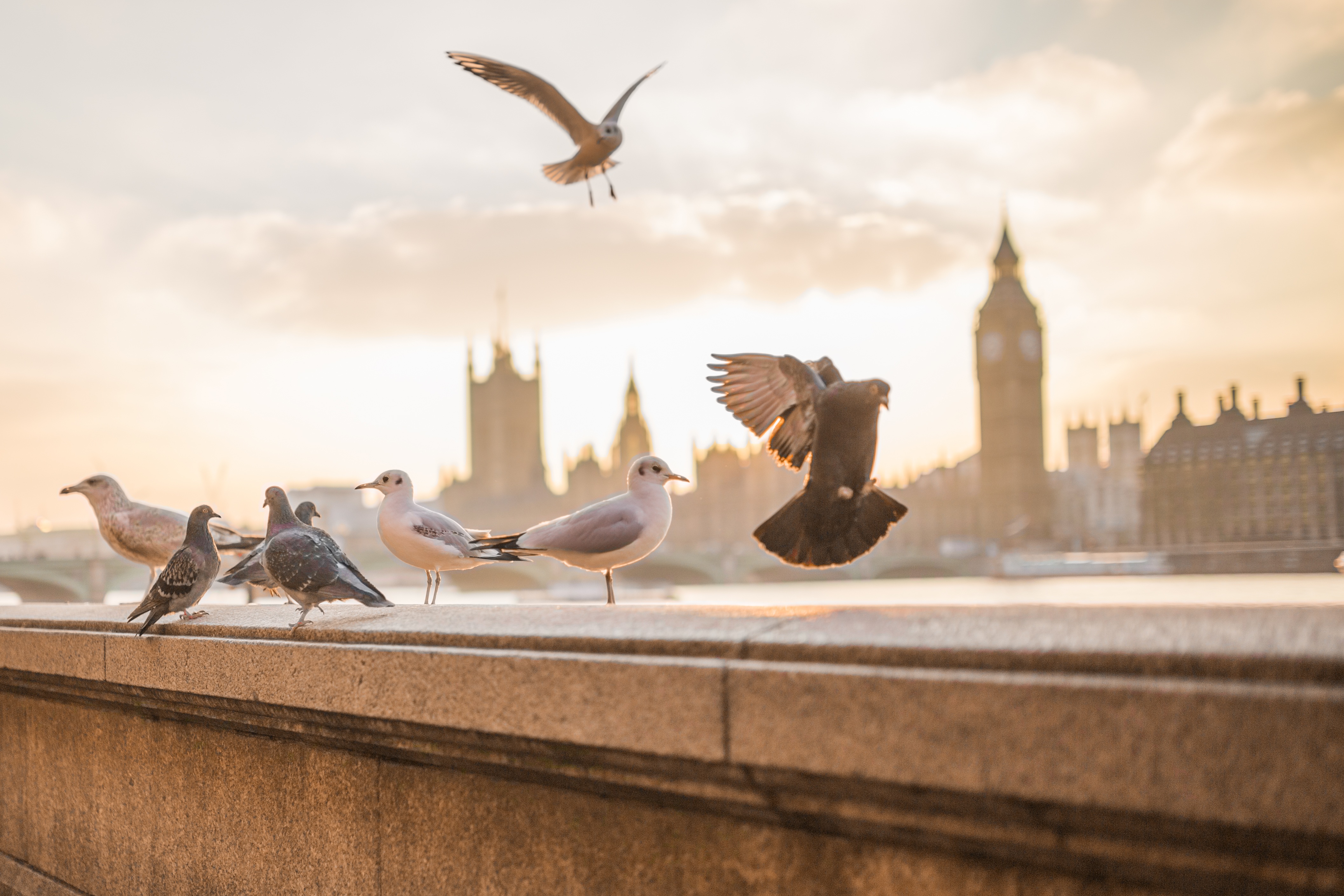
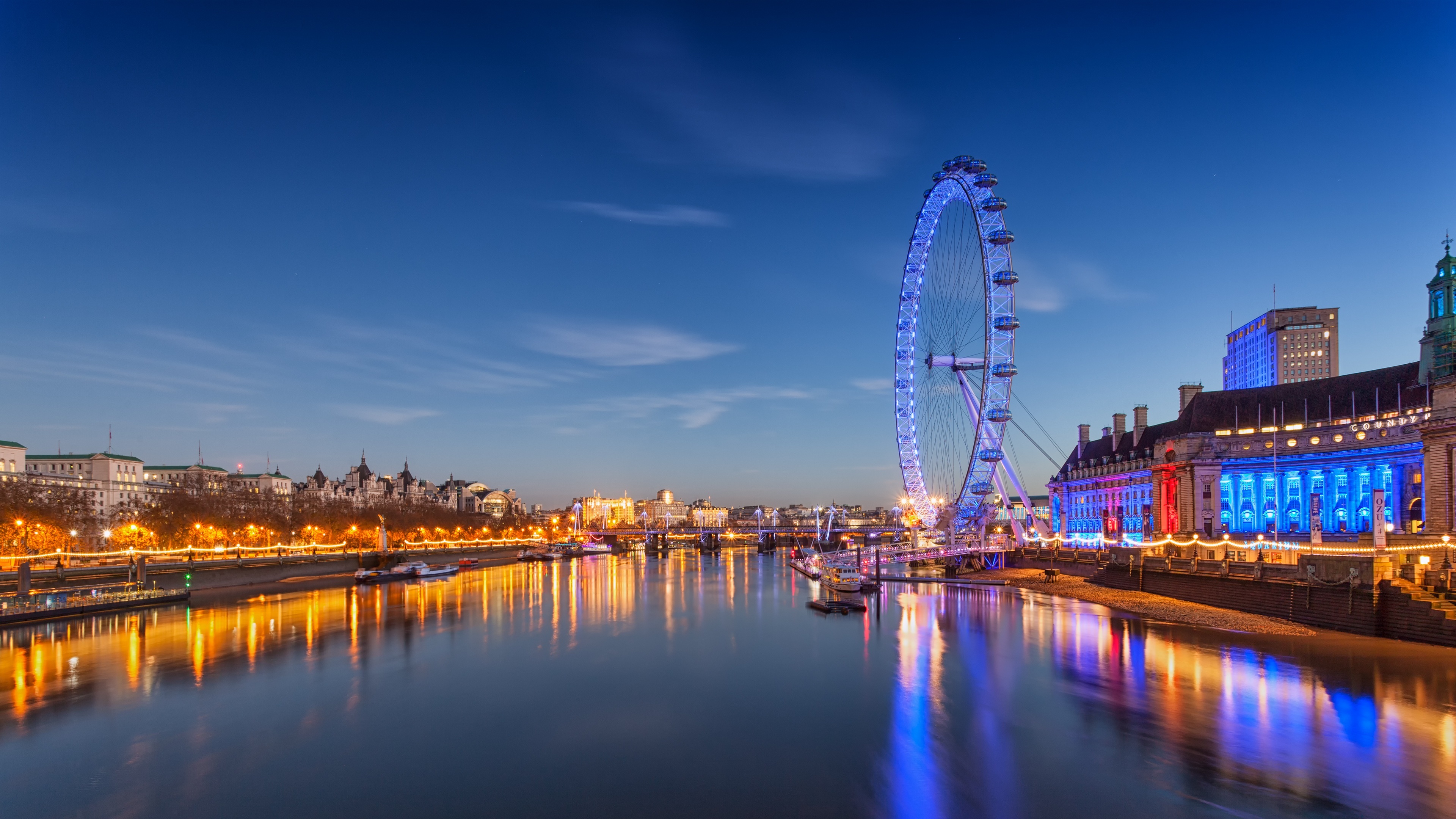
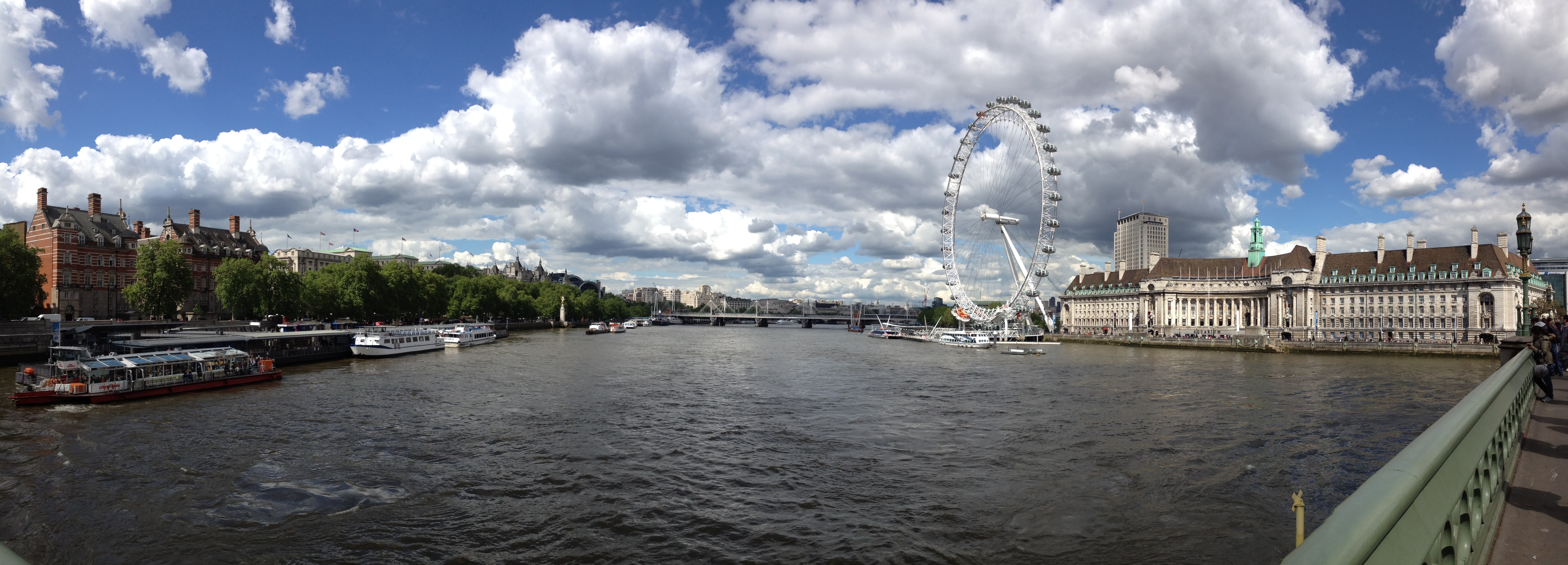
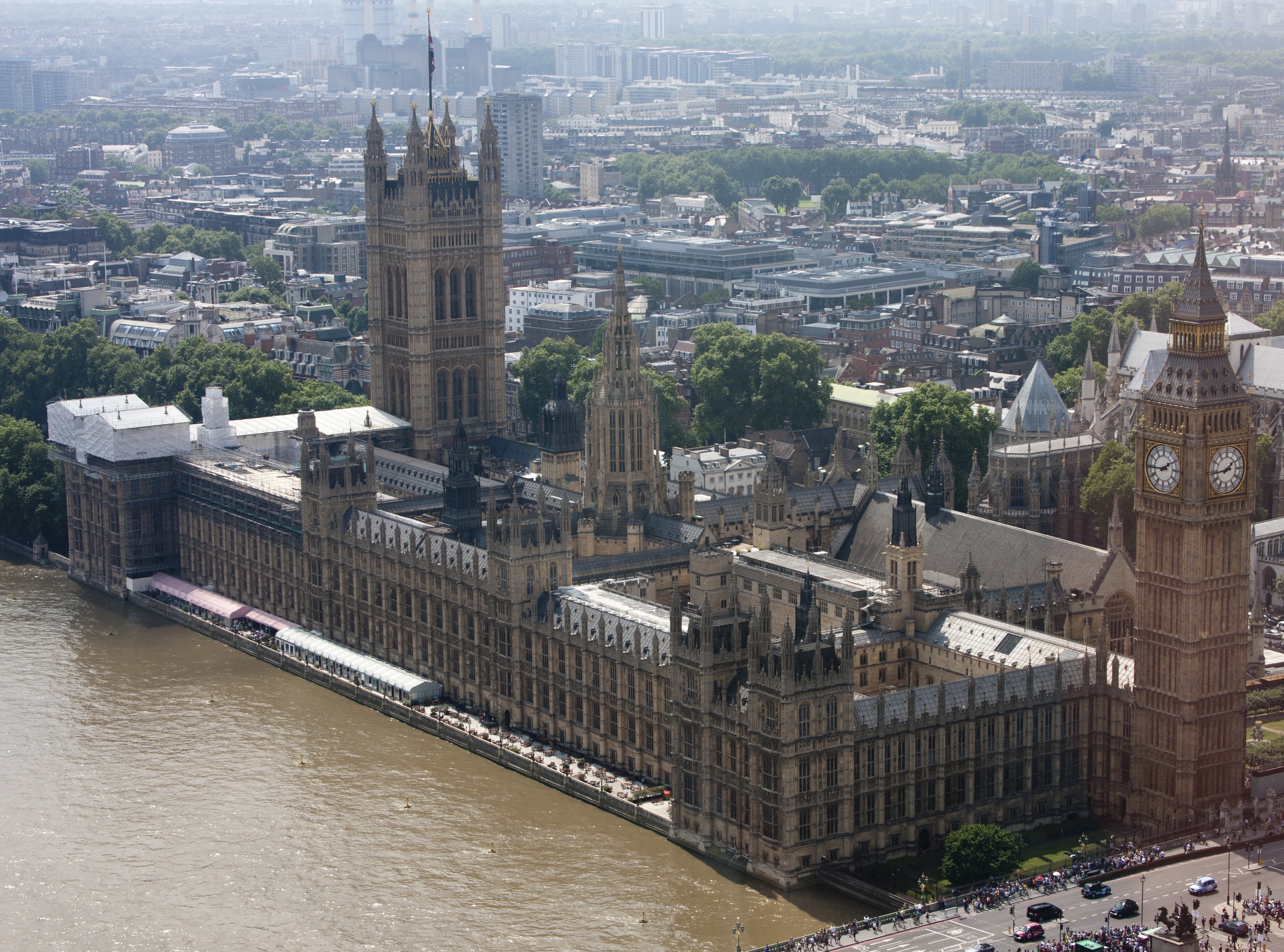
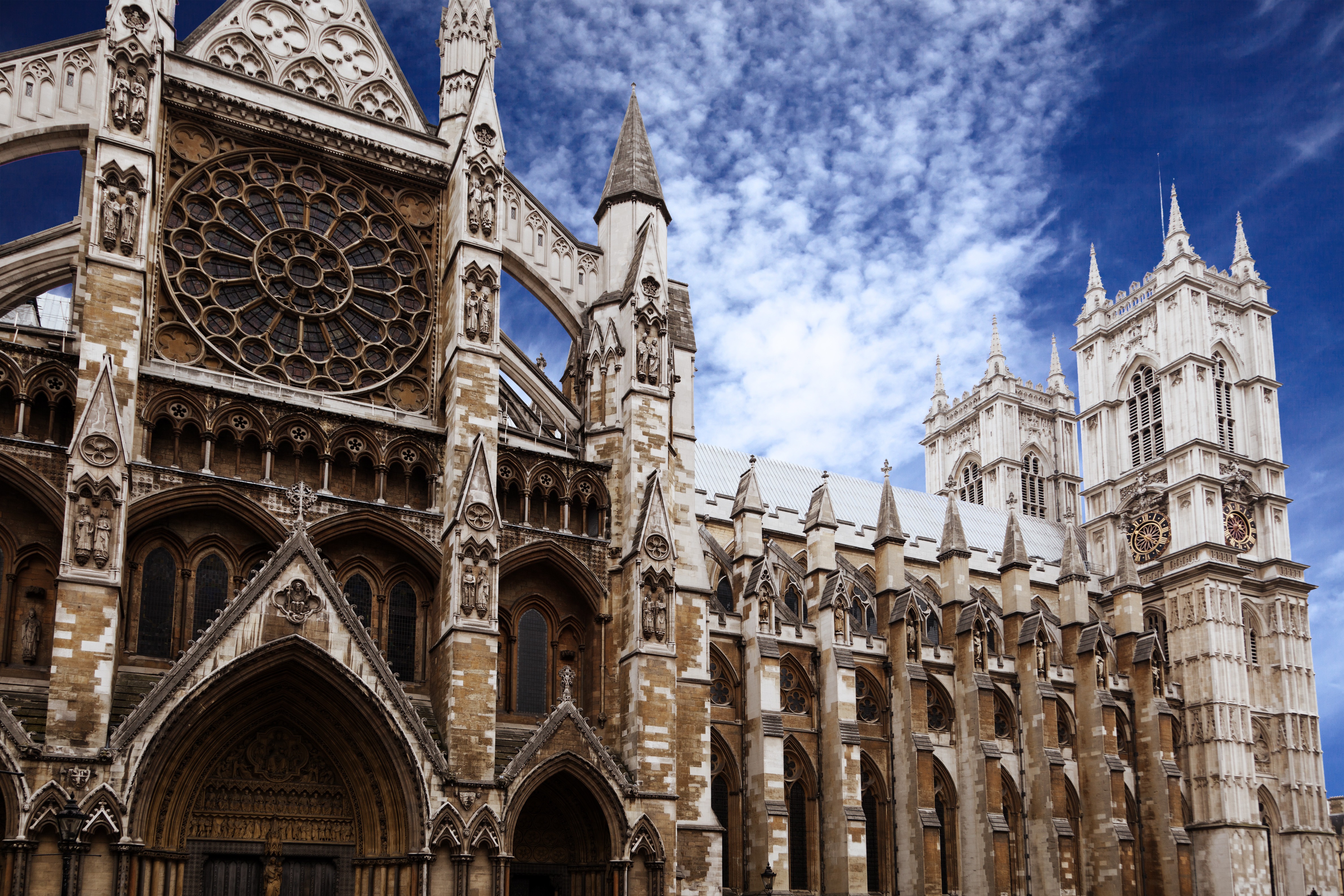
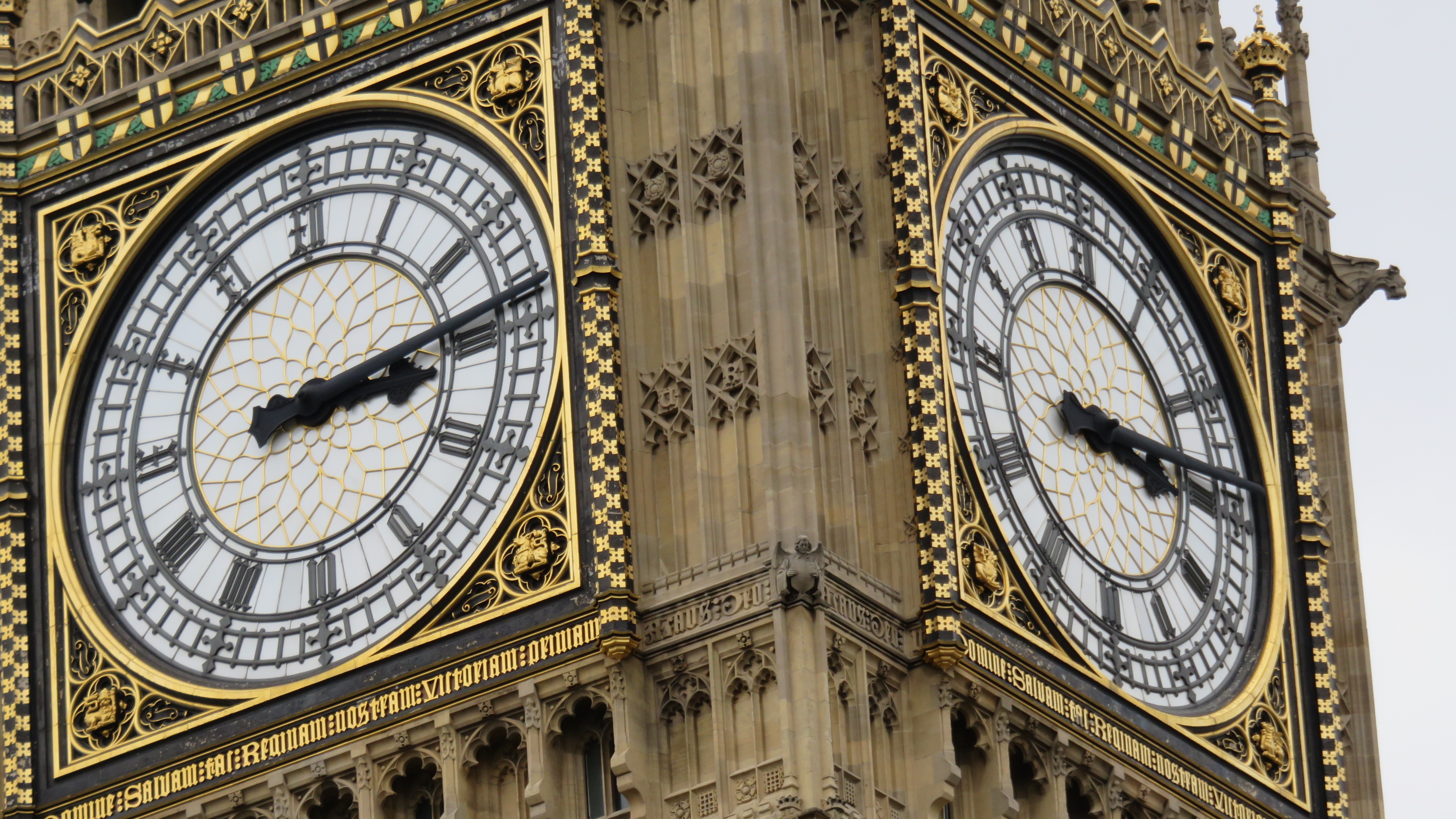
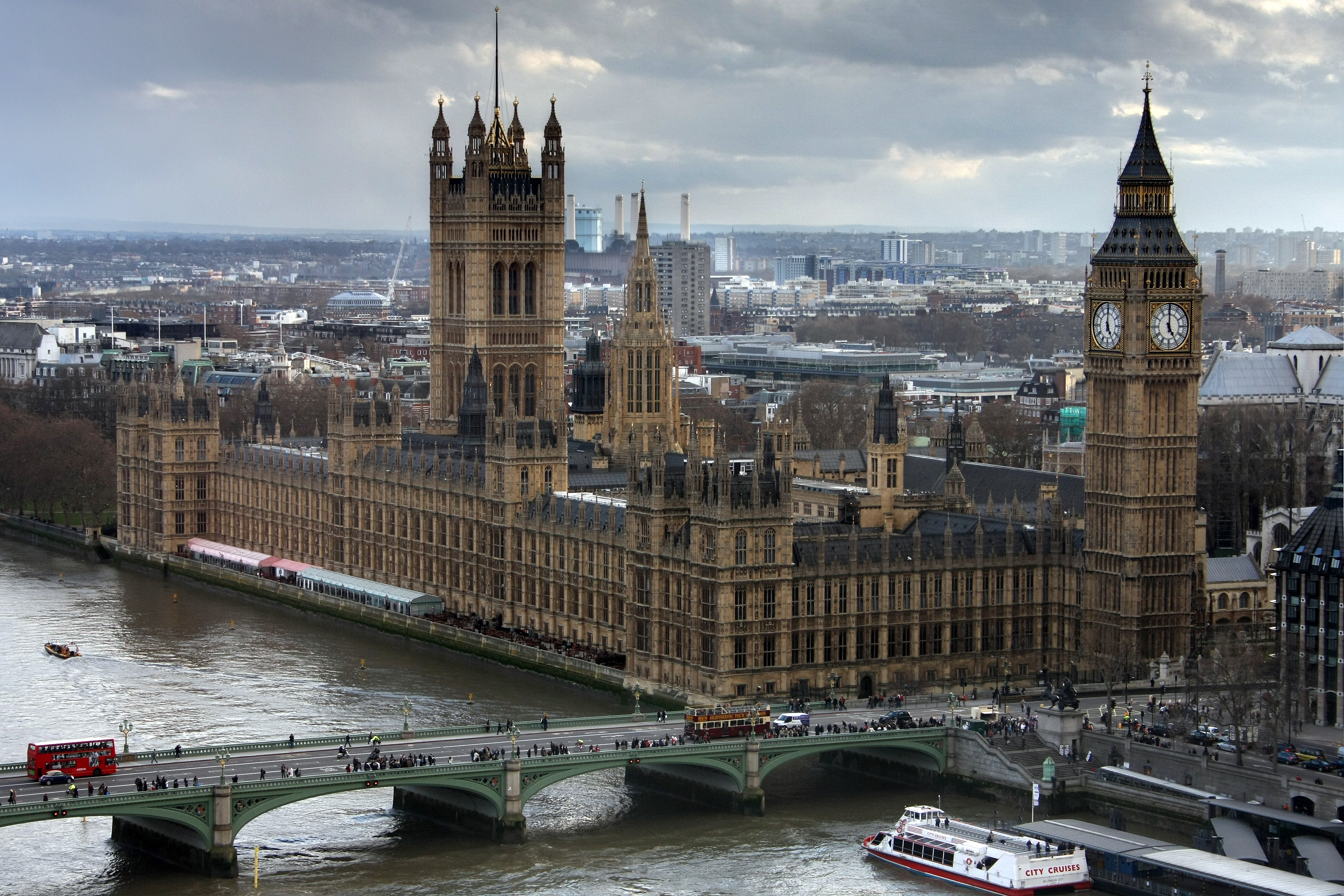
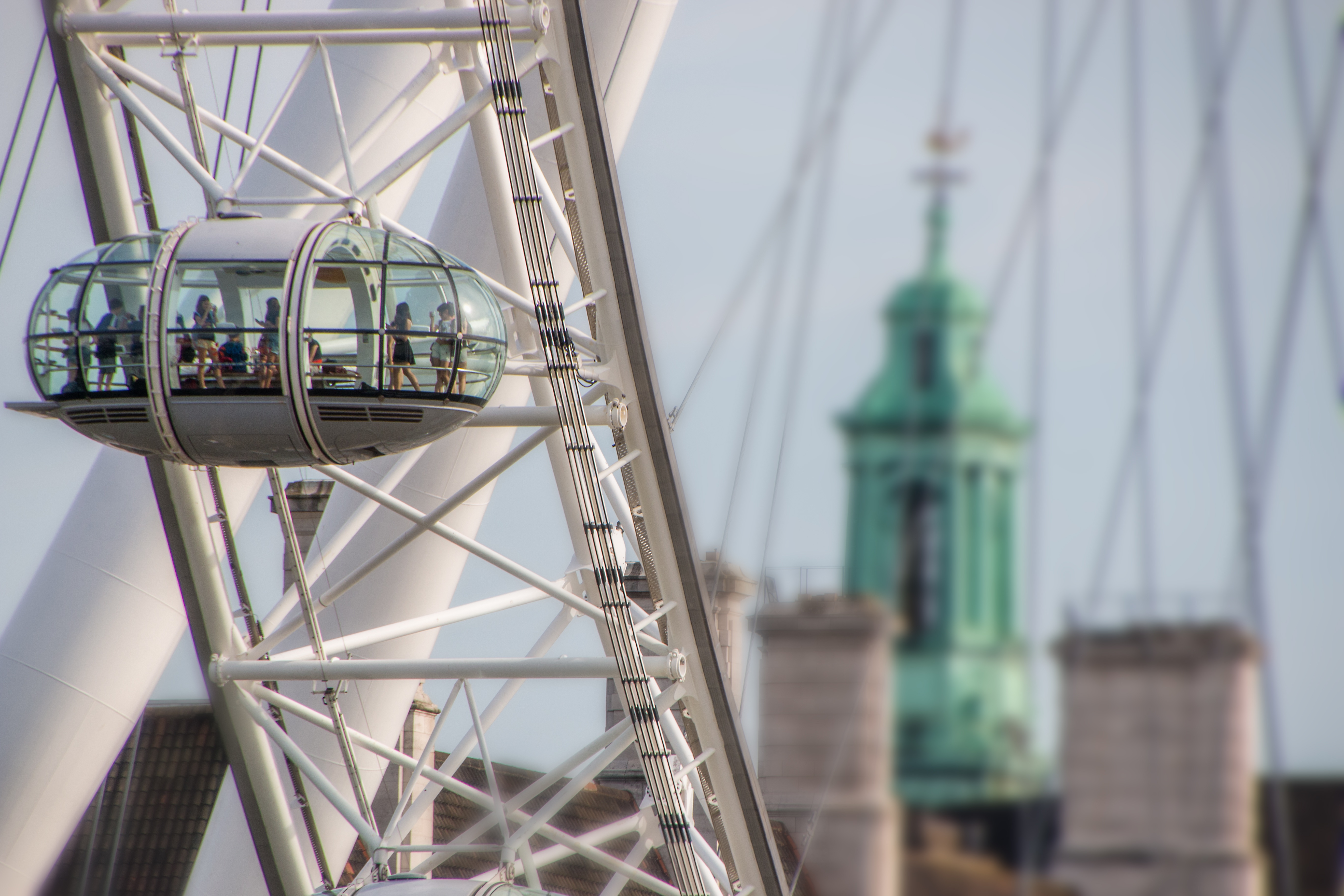
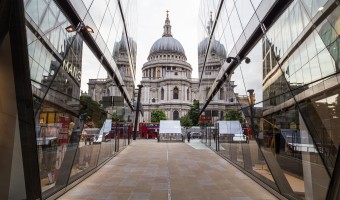
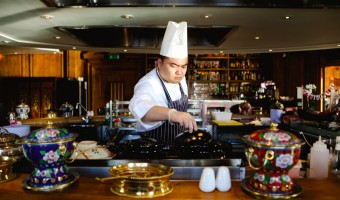
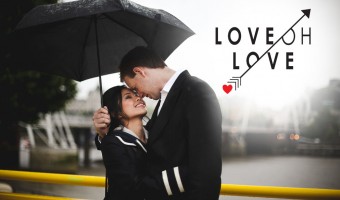
 Load more triptoids
Load more triptoids